Jump hours are one of the more uncommon, but cool complications you can find on a watch. Well, in my opinion that is. By removing the hour hand and creating a digital readout, one that in a true jump hour instantly changes at the top of the hour, you get something that is both interesting and practical. Jump hours are really easy to read at a glance. Visually, they are then just intriguing pieces that, depending on the design, will have a very different look and feel from you standard three-hander.
Jump hours are so uncommon that we’ve actually only have reviewed one in the history of w&w. Well, today we’re going to change that with the Oris Artelier Jumping Hour. Part of one their dressier lines, the Jumping Hour stands out from the collection not just because of the complication, but also for having a rather unmistakeable, heavily textured dial. Using a Dubois Depraz module on a Sellita SW 300-1 movement, the Oris Artelier Jumping Hour has a price tag of $4,600, making it an expensive piece. Whether the complications justifies the cost, is the question.









 Featured Videos
Featured Videos




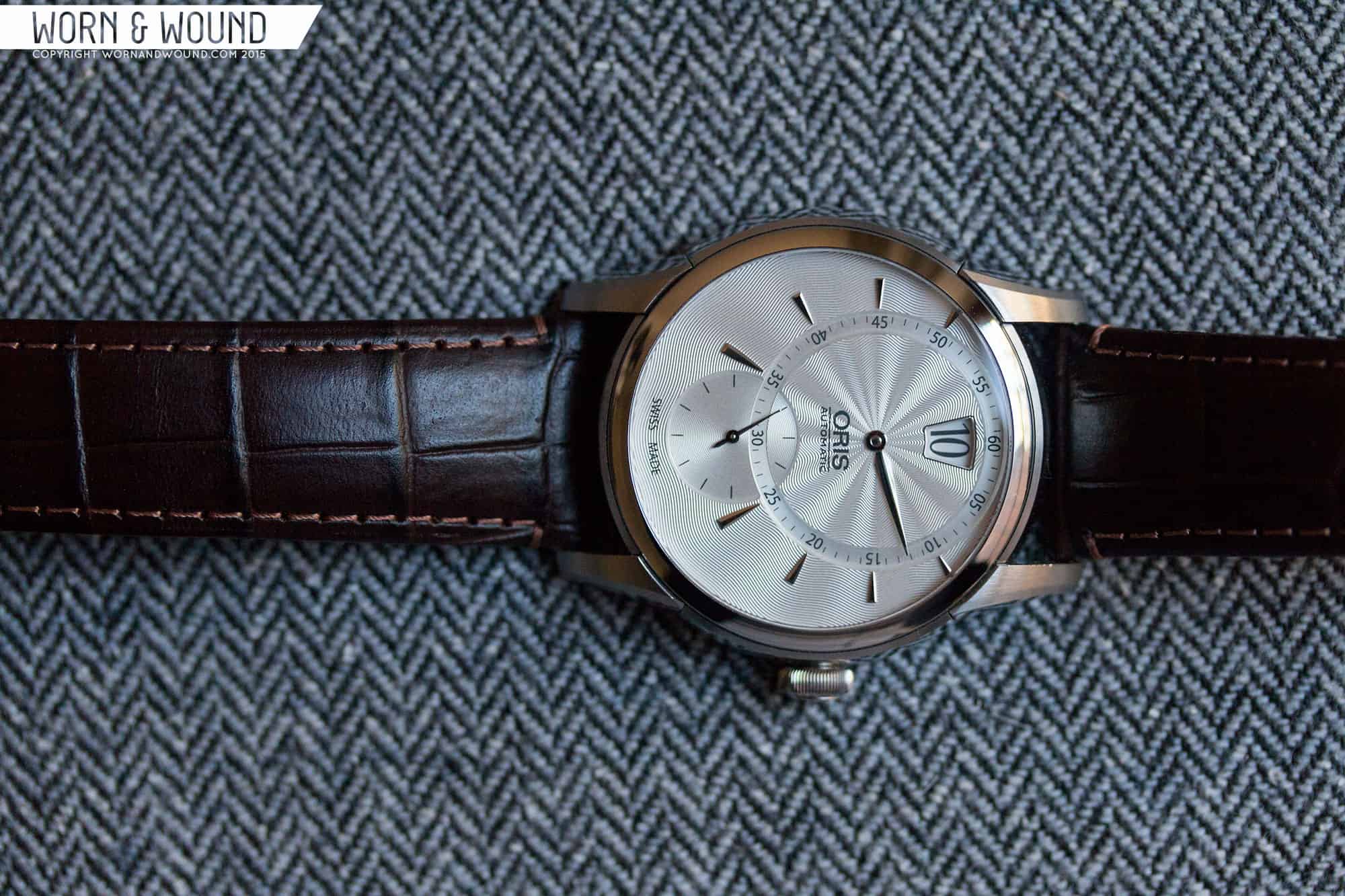


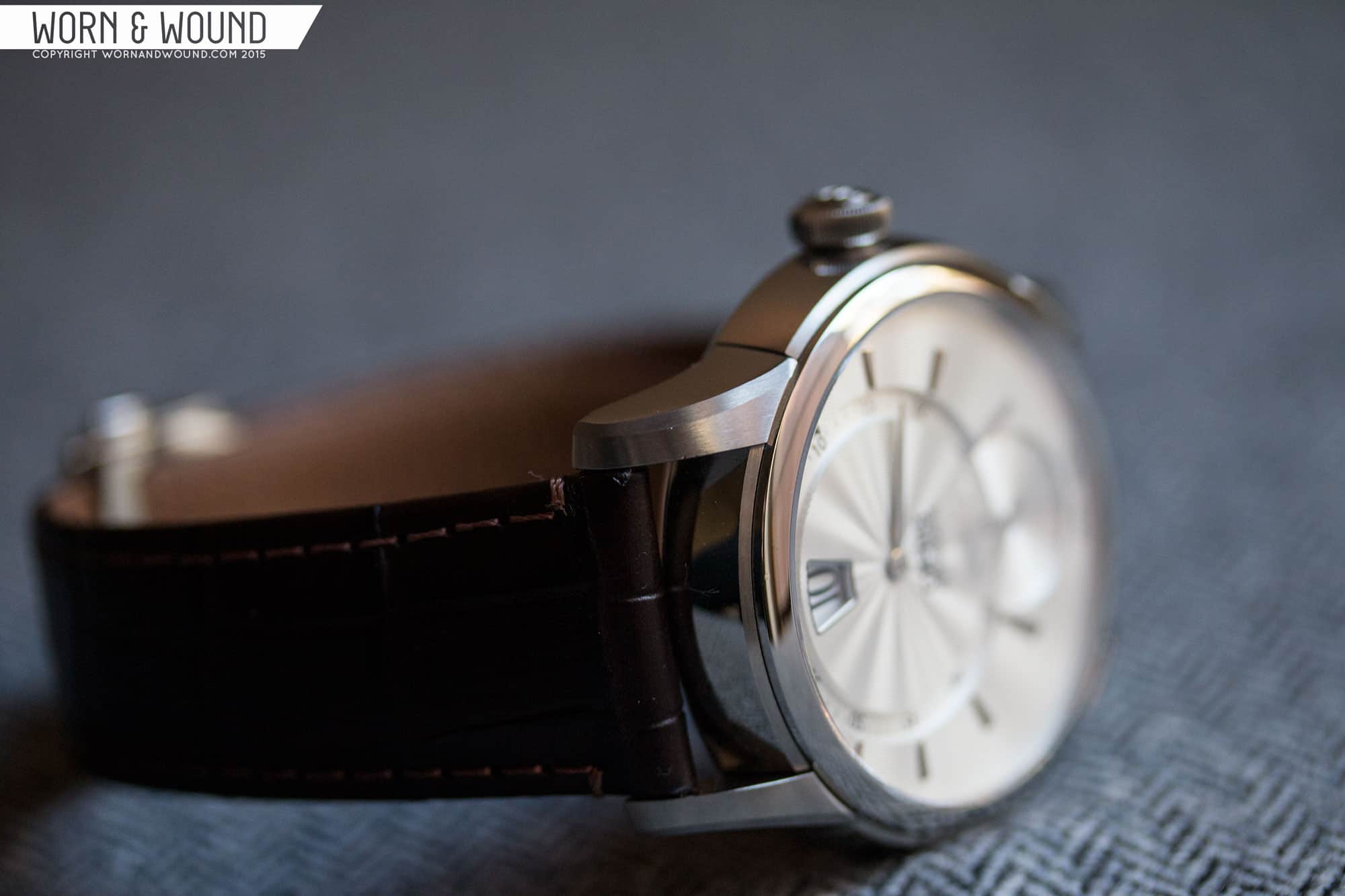
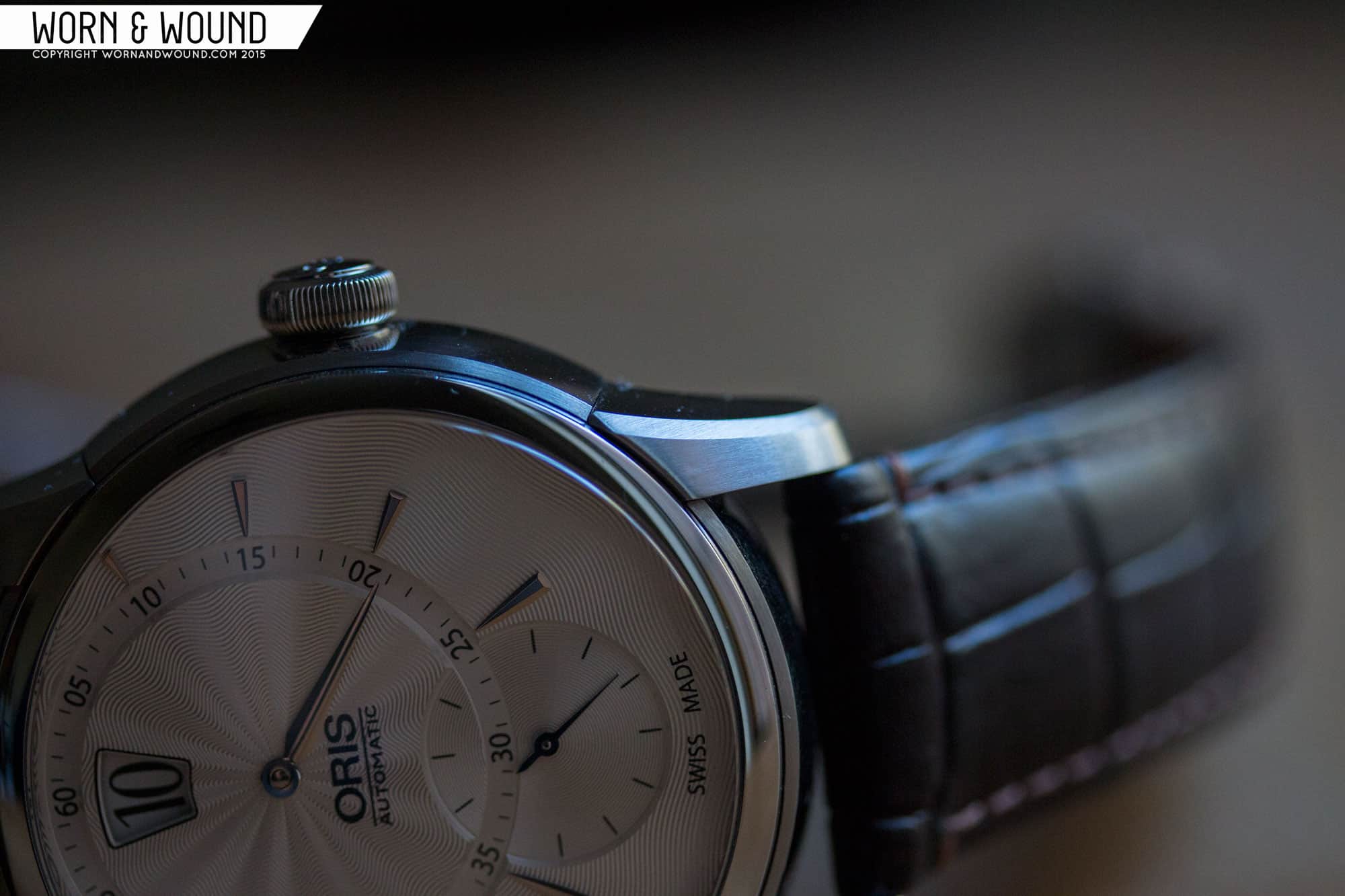
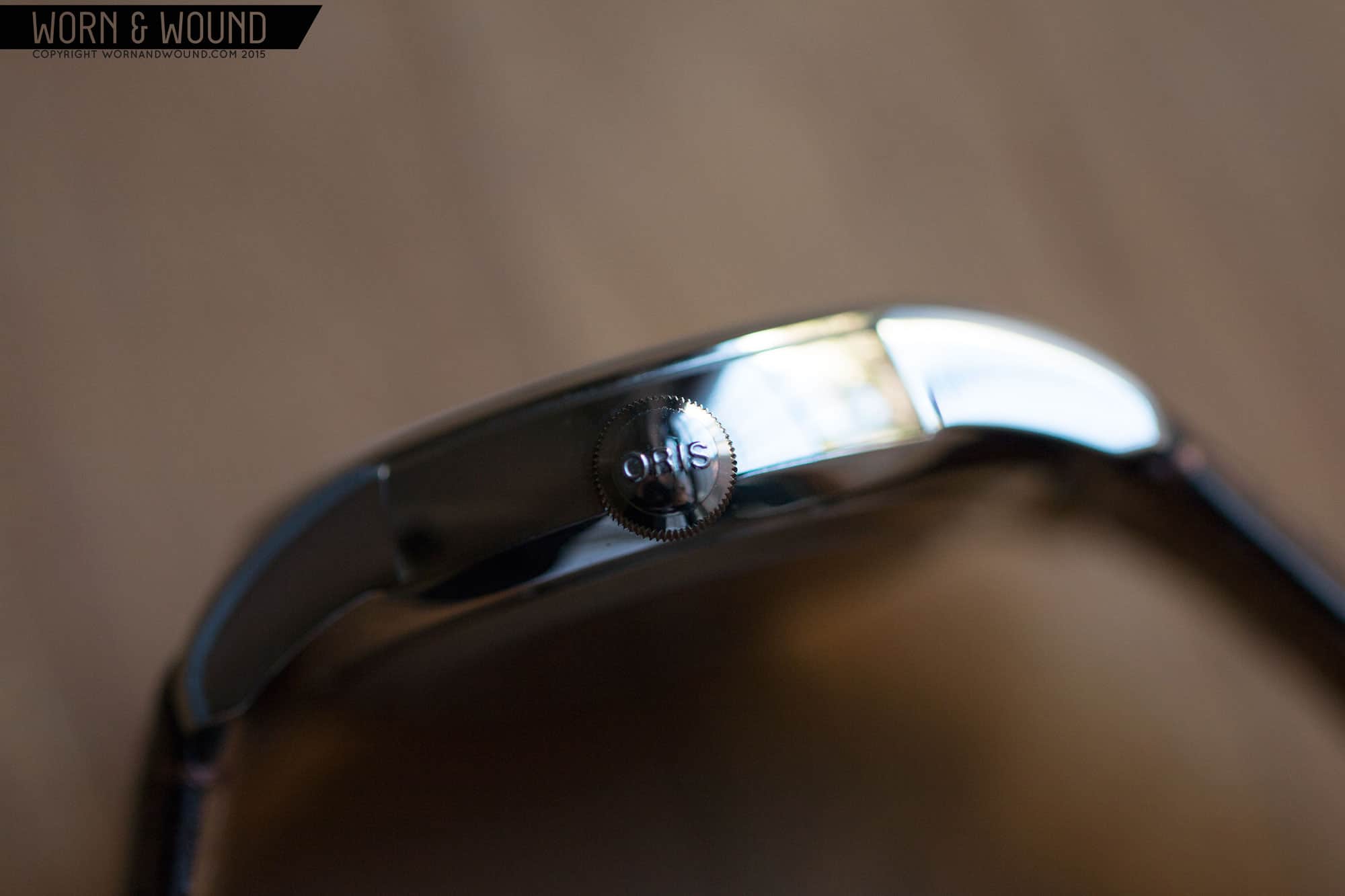
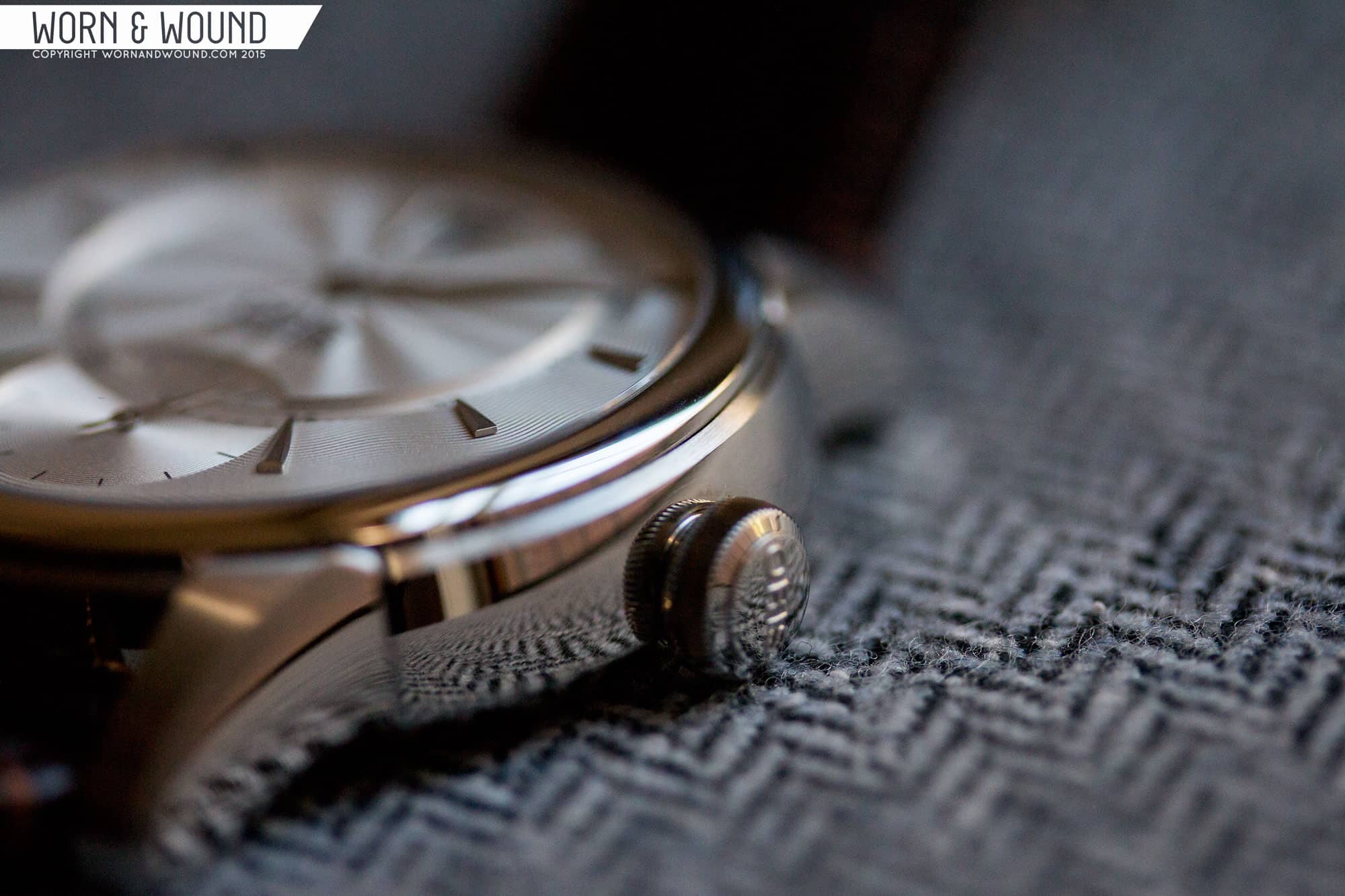
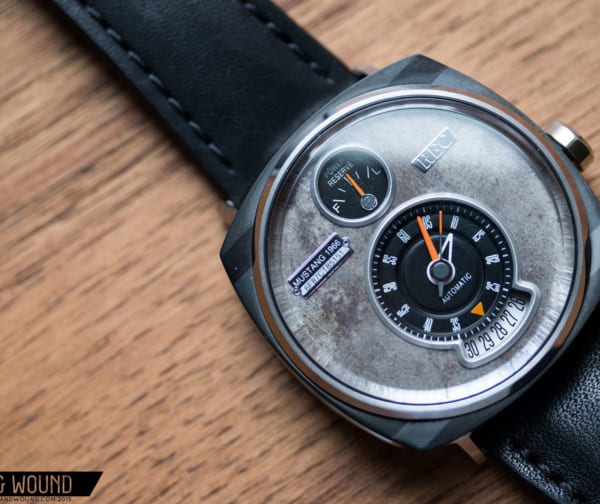
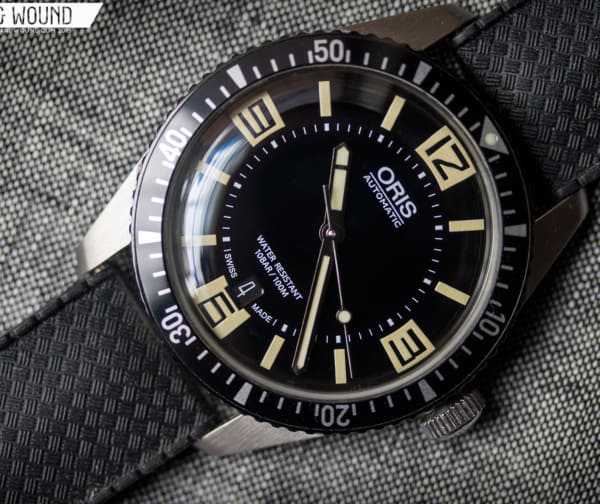
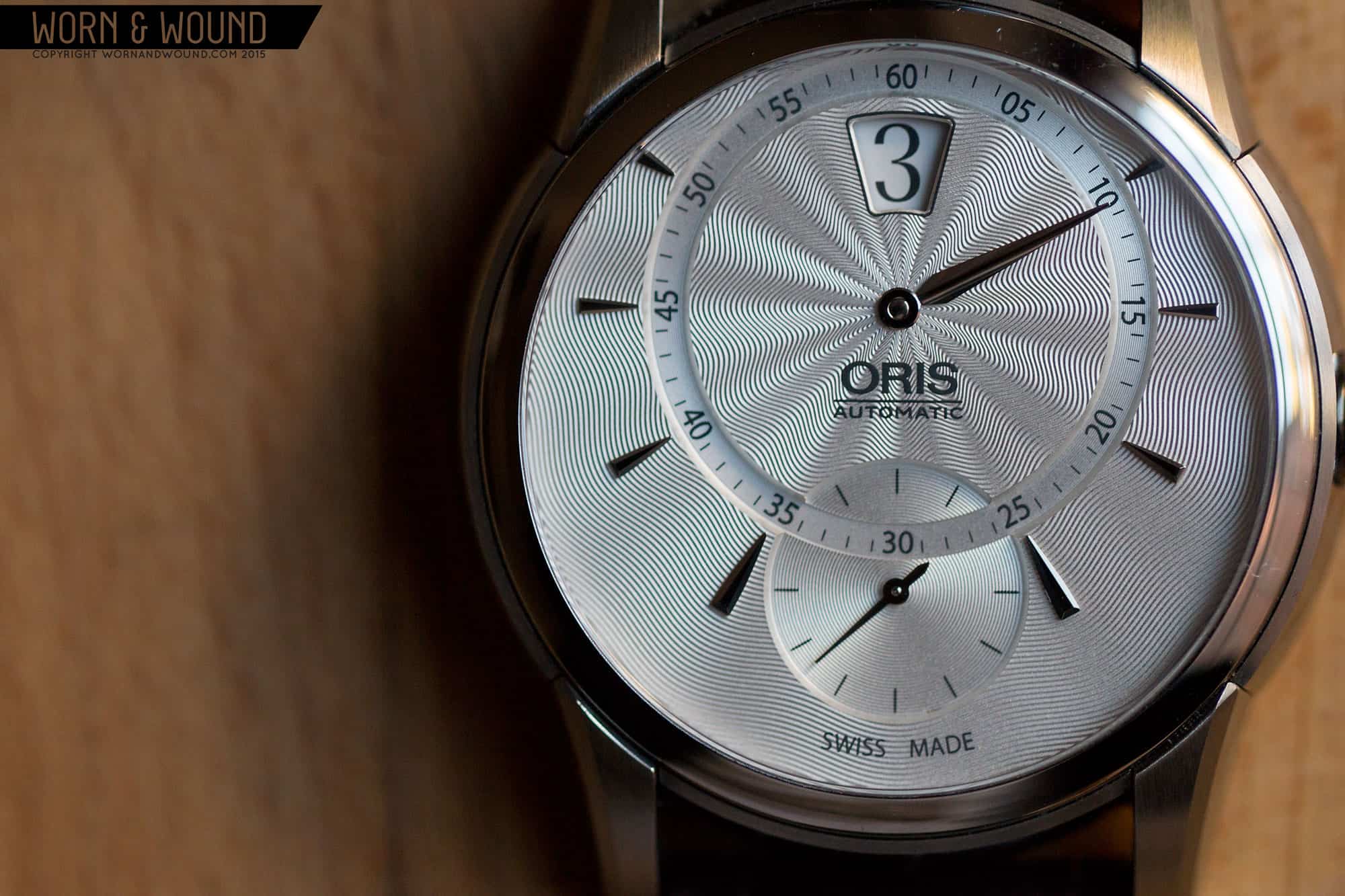
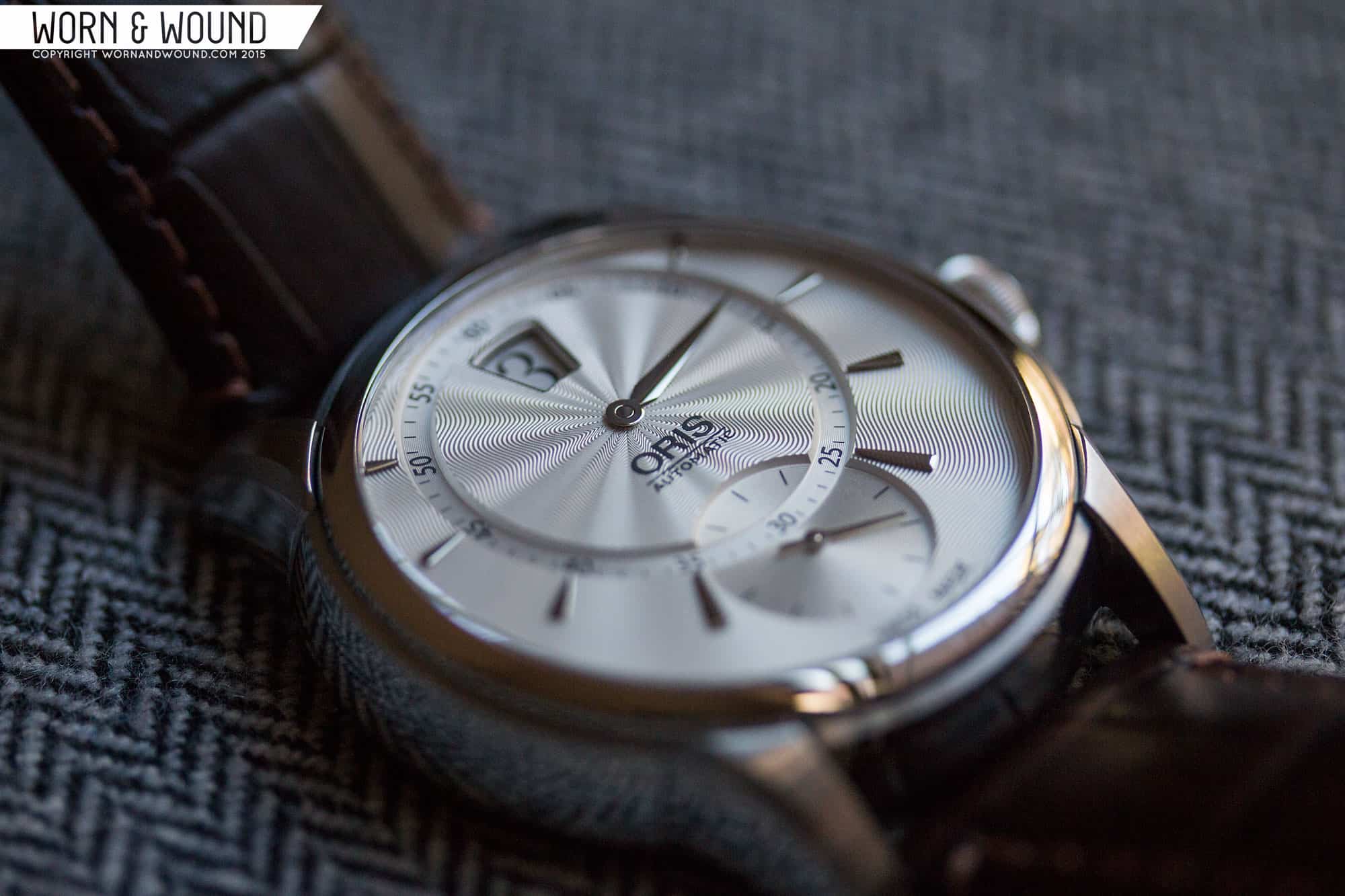

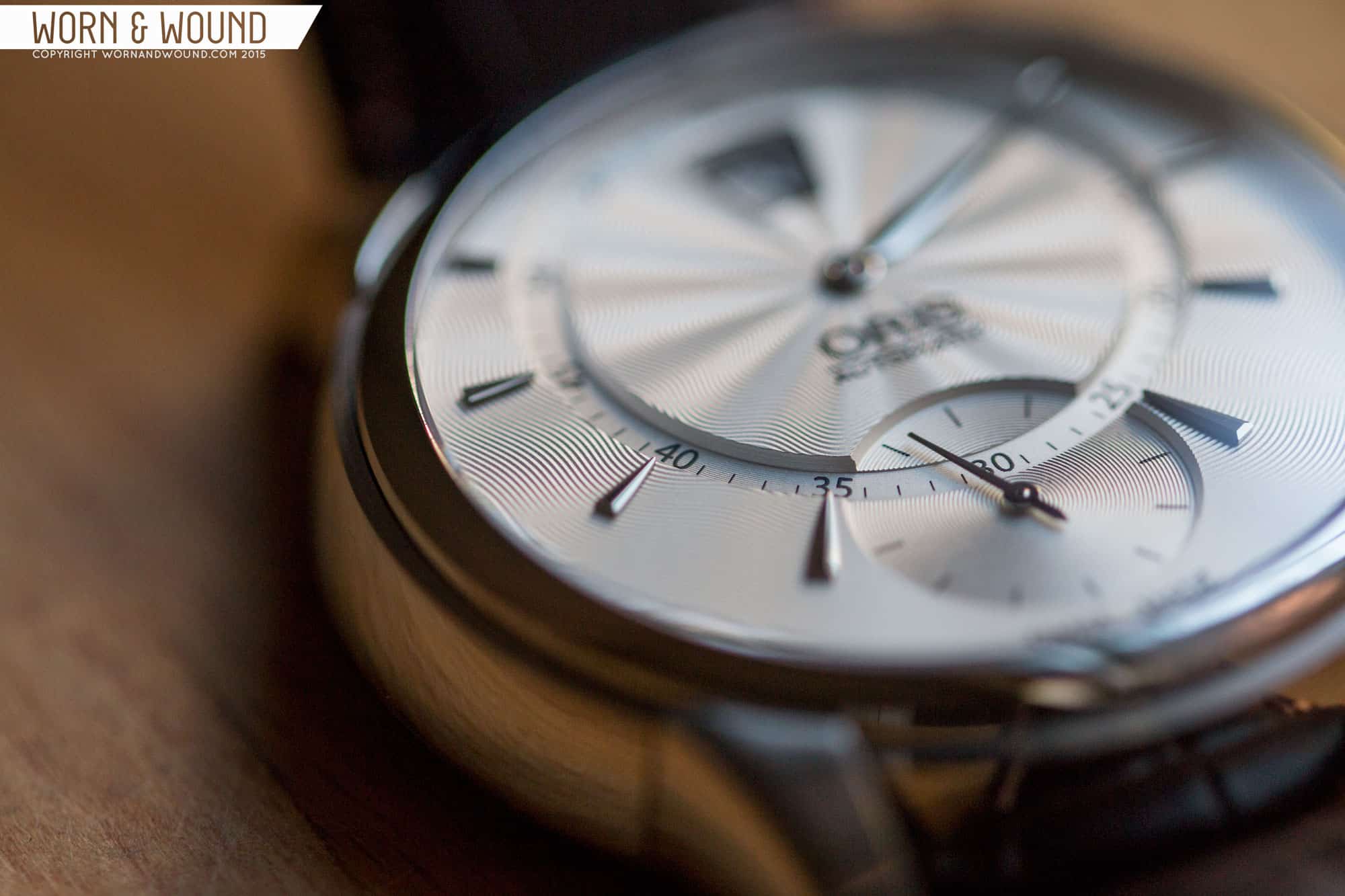


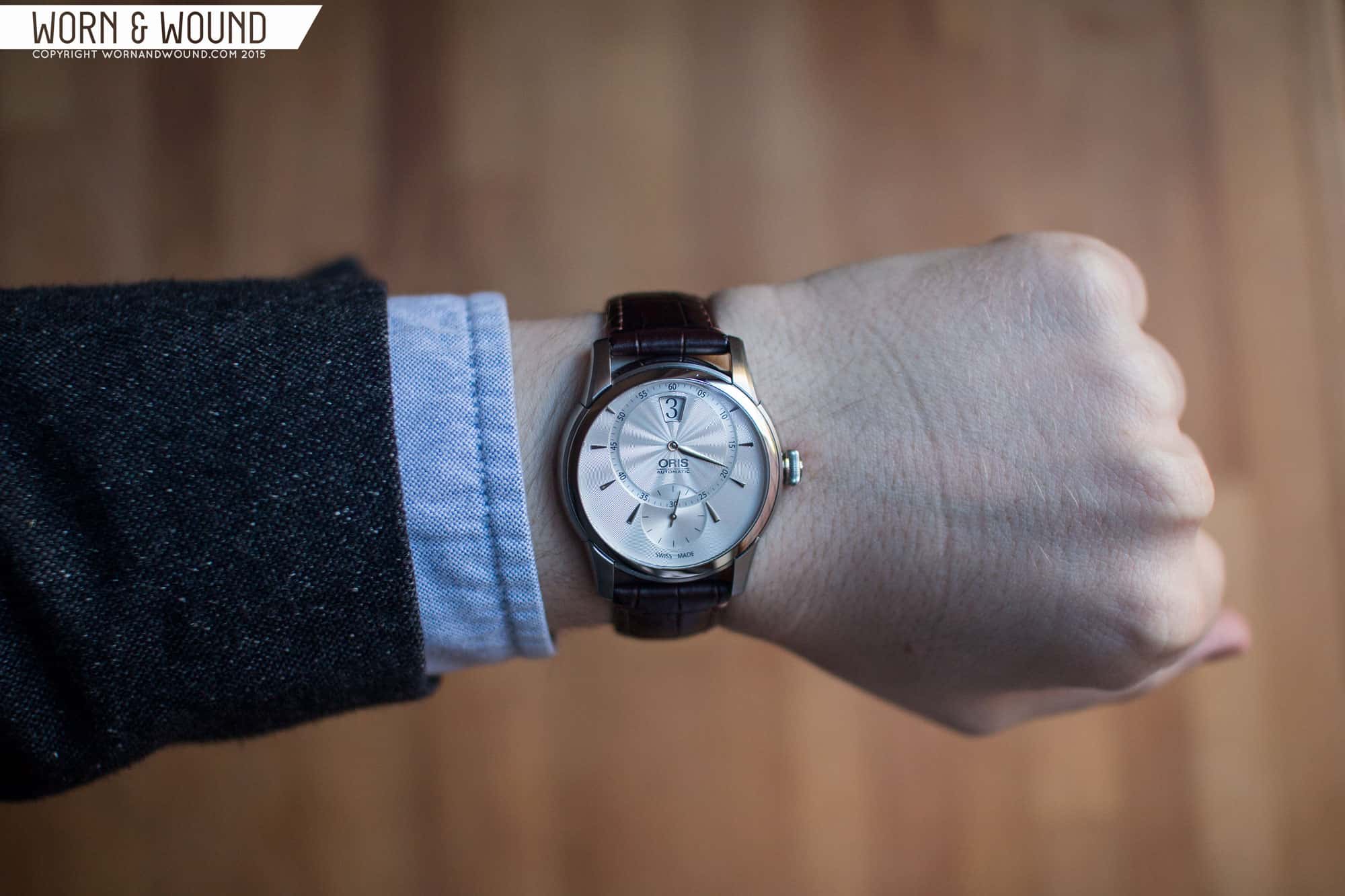


Very desirable, but would have been even nicer as a hand winder.
I just had the pleasure of holding this in my hand and wearing it on my wrist tonight. A stunning watch, beautifully proportioned and very nicely executed. Oris is putting out some very impressive watches.
I want to like this watch but there are a few things that are bothersome:
1. As neat as the jumping hour is, at the moment of the jump the hour window will be obstructed by the minute hand. Could not they place it somewhere else?
2. The markers at 15/45 and 20/40 are all the same size. It would have been much nicer is the 20/40 pair were slightly longer.
3. The bottom half the dial is too empty, maybe they should have pushed the sub-seconds hand a bit lower, or made the watch a bit smaller.
Having said all of that you can get this watch for $2,895 from Amazon which is 41% off the list price of $4,900.
I know this is like a year-and-a-half-old article but I have one of these on the way and am very excited!